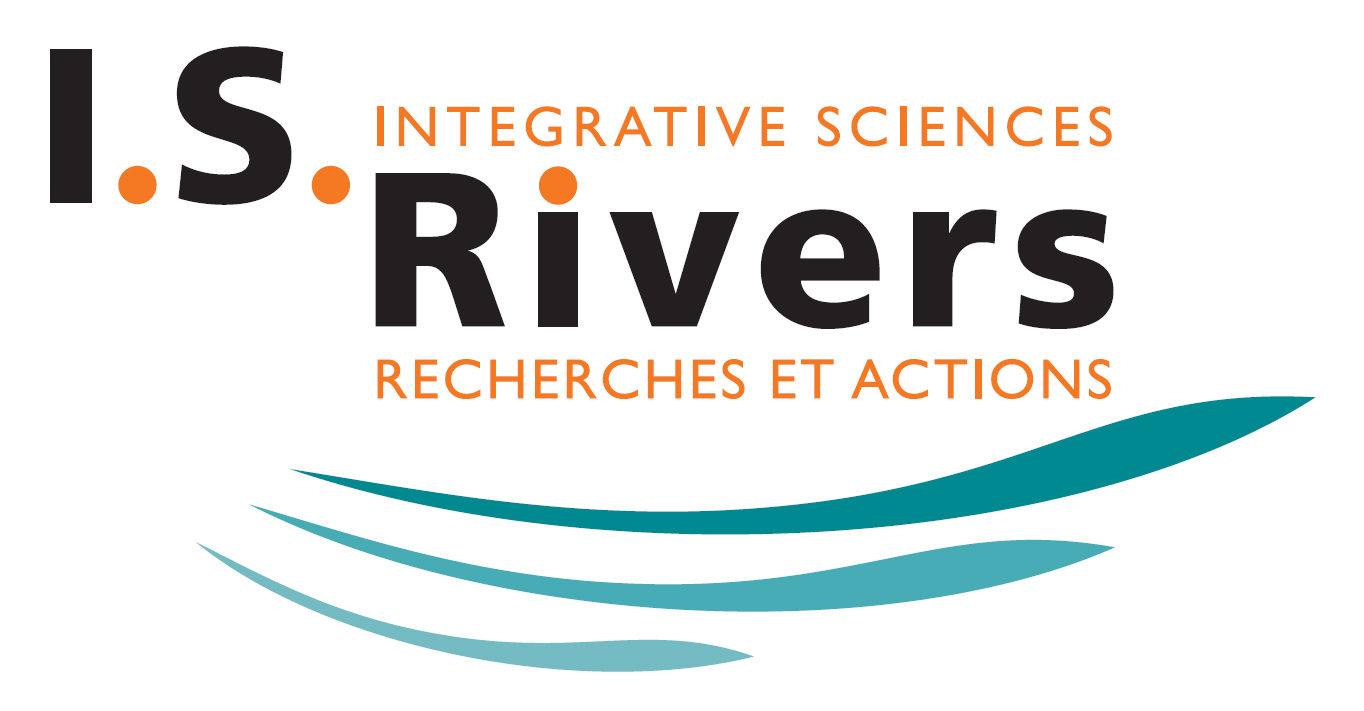Wednesday 2nd of july – 16:30
16:30
New Tools to Identify and Assess Impacts to Groundwater-Dependent Ecosystems
AUTHORS
STELLA John, ROHDE Melissa, MCMAHON Conor, WILLIAMS Jared, KIBLER Christopher, LOCHIN Pierre, ROBERTS Dar, SINGER Michael, PIÉGAY Hervé, CAYLOR Kelly, LAMBERT Adam
United-States
Short Abstract: Groundwater-dependent ecosystems (GDEs) are hotspots of biodiversity and ecosystem functioning, but are increasingly threatened globally from multiple stressors including land conversion, water diversion and climate change. Protecting these valuable and vulnerable ecosystems has been challenging historically because they are difficult to identify and delineate due to their diverse composition and typically small area (e.g., narrow and irregular riparian zones). Recent advances in remote sensing, machine learning and big data statistical methods have greatly improved our ability to detect GDEs, which is a critical step toward protecting and restoring them. In this talk we summarize some emerging approaches, including novel integration of public datasets, phenological image analysis, dendroisotope series, standardized threshold analysis, and cloud computing. These approaches collectively provide a set of tools for mapping GDEs globally and in assessing their impacts from changes in climate and groundwater. We discuss applications of these tools to policy and management challenges, including the Clean Water Act (USA) and the EU Water Framework Directive.
16:50
Groundwater-dependant thermal refuges in rivers: monitoring and analysis
AUTHORS
MARÉCHAL Jean-Christophe, SELLES Adrien, HAKOUN Vivien, CALDERARI Lisa, CABALLERO Yvan, JEANPERT Julie
France
Short Abstract: Thermal anomalies in rivers constitute refuge for significant aquatic biodiversity, particularly during the summer. In rivers, groundwater inflows are one of the main factors in thermal anomalies. Consequently, studying the interactions between groundwater and rivers in these specific areas is a subject of major interest in assessing the vulnerability of thermal refuges to climate change. Three thermal refuges in the Rhône Mediterranee Corsica basin were selected and monitored for thermal measurements in different hydrological and hydrogeological contexts: (i) the Argens river in a Mediterranean context with the presence of a karst spring, (ii) the braided Drac river in a mountainous context interacting with a moraine aquifer and (iii) the Veyle river in a classic sedimentary context. The initial results highlight the role of groundwater in regulating surface water temperature by analysing the relationship between water temperature and air temperature. The next step is to characterise the thermal impact of groundwater as a function of the conditions in which it emerges and the riverbed and riverbanks characteristics (vegetation, size and orientation of the riverbed, etc). Finally, these results will be used to calibrate a simulation model of the impact of climate change on such thermal refuges.
17:10
Potential for PFAS remobilization from bank sediments to the water column and for transfer to the alluvial water table
AUTHORS
PRADEL Alice, TEXIER Jerome, MARTELET Antoine, LAFFONT Yohann, LABILLE Jerome
France
Short Abstract: The fate of PFAS discharged into surface waters is determined in particular by their affinity for suspended matter, which has the capacity to adsorb dissolved contaminants and trap them in river beds. However, these contaminants can be remobilized when sediments are resuspended, particularly during extreme events, resulting in the rapid release of high concentrations into the water. The aim of this work is to study the remobilization of PFAS in the more mobile dissolved and colloidal fractions, and the potential for these dissolved fractions to percolate downstream through the river banks and contaminate the alluvial aquifers.
To this end, two experimental approaches were carried out in the laboratory using samples of Rhone sediments. i) Remobilization of contaminants from the bank sediment was studied by liquid batch redispersion, followed by settling. The distribution of molecules was measured between the four size-fractions of interest: sands, silts, colloids and the dissolved phase. ii) The filter effect of the bank was studied using a saturated percolation column, where a cocktail of PFAS is injected into the porous medium, and its mobile fraction is quantified at the column outlet.The results of this study show a strong dependence of PFAS fate on the length of their carbon chain, with short-chain carboxylic acids being the most likely to remobilization and transfer through the bank.
17:30
Optimisation of contaminant levels in distributed water depending on the origin of the water within the same catchment area
AUTHORS
JEAN-BAPTISTE Julien, LE GAL LA SALLE Corinne, VERDOUX Patrick, KHASKA Somar, BONNIERE Antoine, NEGRE Camille, BONNY Carole, FUENTES Julien
France
Short Abstract: Alluvial groundwater constitutes an important resource for drinking water. Their geographical location often exposes them to a dual supply, surface water on the one hand and groundwater on the other, which can be used to optimise the quality of the water distributed. First it is necessary to define the quality of the water bodies and their contribution. An approach based on geochemical tracing and statistical processing can be used to define the hydrodynamic functioning of the system. Geochemical monitoring of the borehole water and its feed sources is used to characterise the different water bodies and determine the mixing endmembers. Based on these observations, the GLUE-EMMA conservative mixing model is used to quantify the mixing. This study, carried out on sixty organic contaminants (phytosanitary, pharmaceutical and perfluorinated) in the Comps catchment area in the Gard department on the banks of the Rhône, makes it possible to deconvolute the natural purification capacities of the banks and sediments of the alluvial aquifer from the attenuation by dilution according to the adopted pumping scheme for the wellfield. On this basis, it is possible to build predictive models of the supplied water quality, depending on the wellfield operating scheme, providing an primary response to the emergence of perennial or accidental contamination of feeding water bodies.
